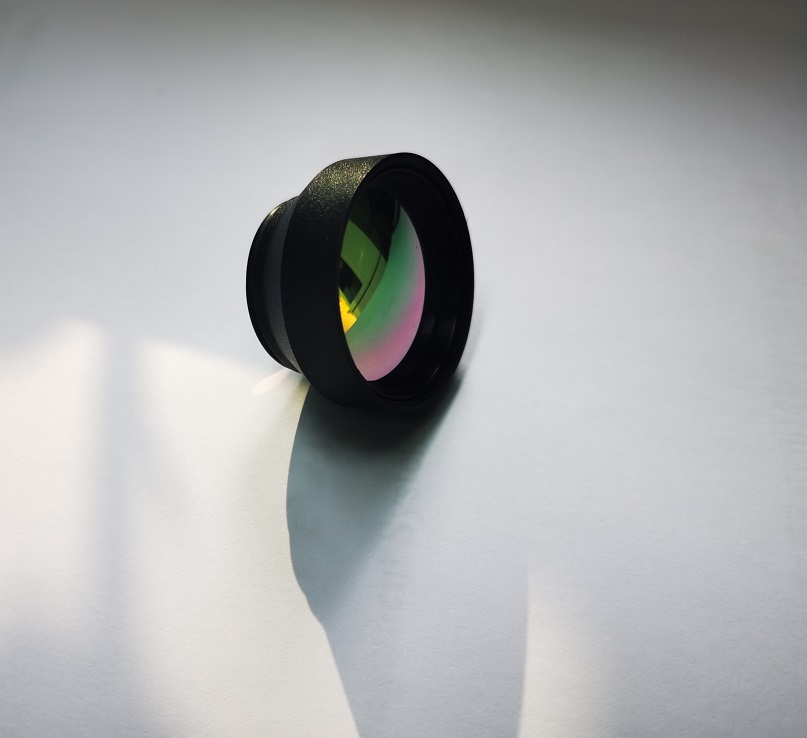Company News

Understanding the Basics of Thermal Imaging Technology
Thermal imaging technology is an invaluable tool used for capturing and analyzing heat signatures emitted by objects. It operates by detecting infrared radiation and converting it into visible images, allowing us to observe and understand thermal patterns.
The Working Principle of Thermal Imaging Lens
Thermal imaging lenses play a crucial role in this process by focusing infrared radiation onto the sensor. They are typically made of materials, such as germanium or chalcogenide, which have excellent transmission properties for infrared radiation.
When thermal radiation enters the lens, it passes through multiple lens elements, each with its unique design and purpose. These elements work in unison to focus the incoming radiation onto the sensor, forming an accurate thermal image.
The Functionality of Image Processing Technology
Noise Reduction and Image Enhancement
After the thermal image is captured by the lens, it undergoes various image processing techniques to enhance its quality. One of the primary functions is noise reduction, as thermal images often contain unwanted signal interference. Algorithms analyze the image data and eliminate noise, resulting in a clearer and more accurate representation of the thermal patterns.
Temperature Measurement and Analysis
Image processing technology also enables precise temperature measurement and analysis. By assigning specific color ranges to various temperature values, it becomes possible to interpret the thermal image in terms of temperature differences. Software algorithms can further analyze the image to identify hotspots or abnormal temperature patterns, aiding in fault detection and preventative maintenance.
Advanced Features and Integration
Modern thermal imaging systems are equipped with advanced image processing features. These may include digital zoom, image fusion, or the capability to overlay thermal images onto real-world scenes using augmented reality techniques. The integration of image processing technology with other devices, such as drones or smartphones, has expanded the applications and accessibility of thermal imaging technology.
Concluding Remarks
In conclusion, understanding the functioning of thermal imaging lenses and image processing technology is essential for comprehending the capabilities and applications of thermal imaging systems. The interplay between these components enables the visualization and analysis of thermal patterns, making thermal imaging an invaluable tool in various fields, including surveillance, industrial inspections, and medical diagnostics.
 English
English  German
German Japanese
Japanese Korean
Korean Vietnamese
Vietnamese French
French Spanish
Spanish भारत
भारत



